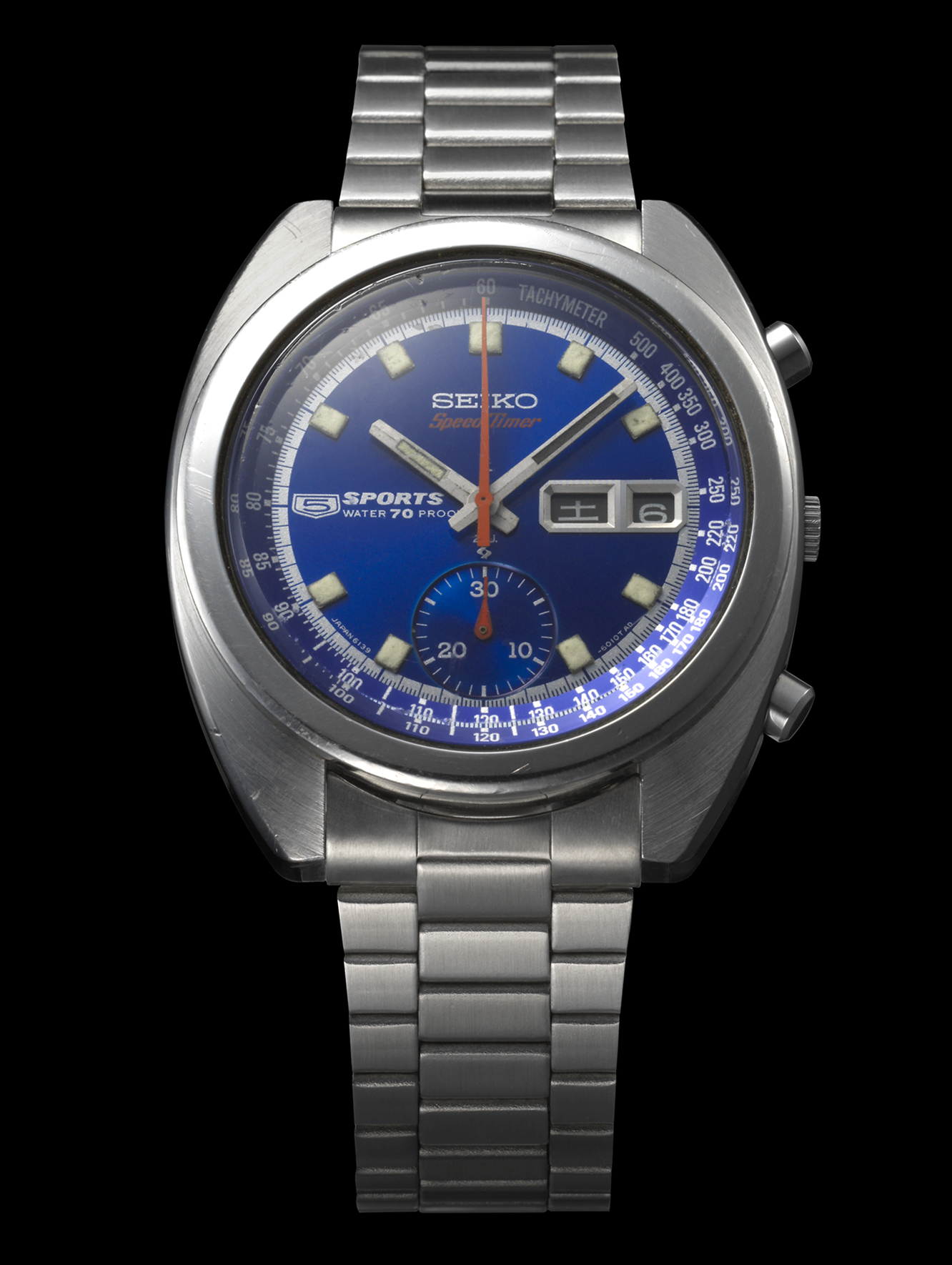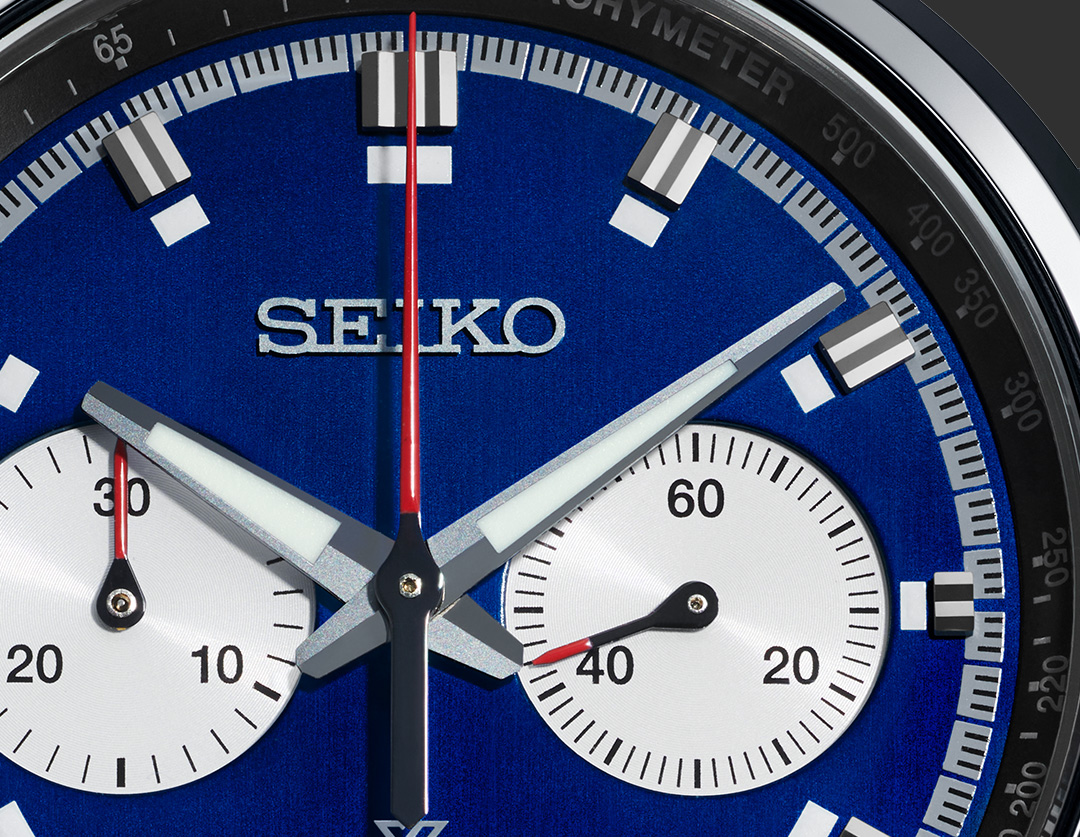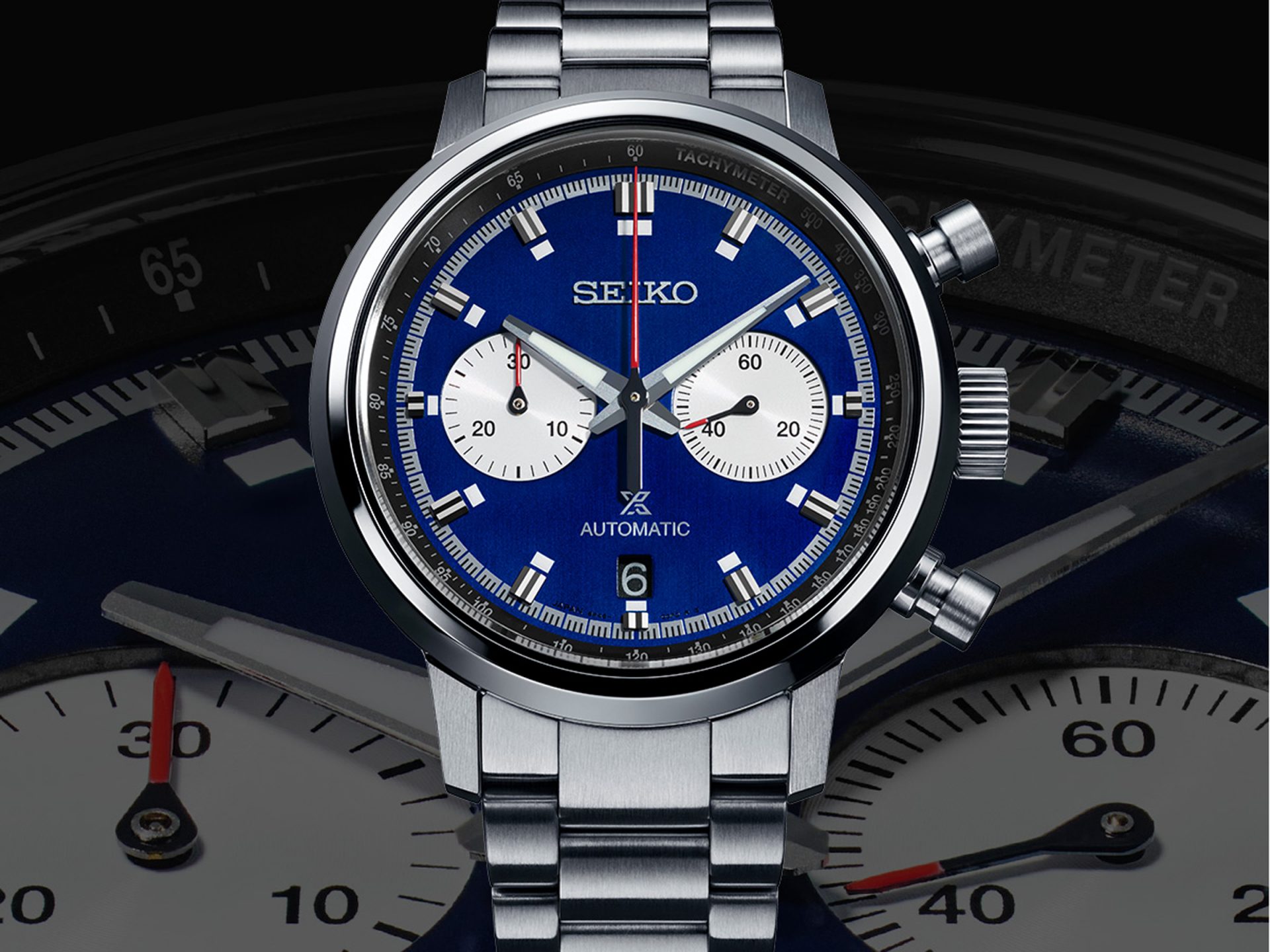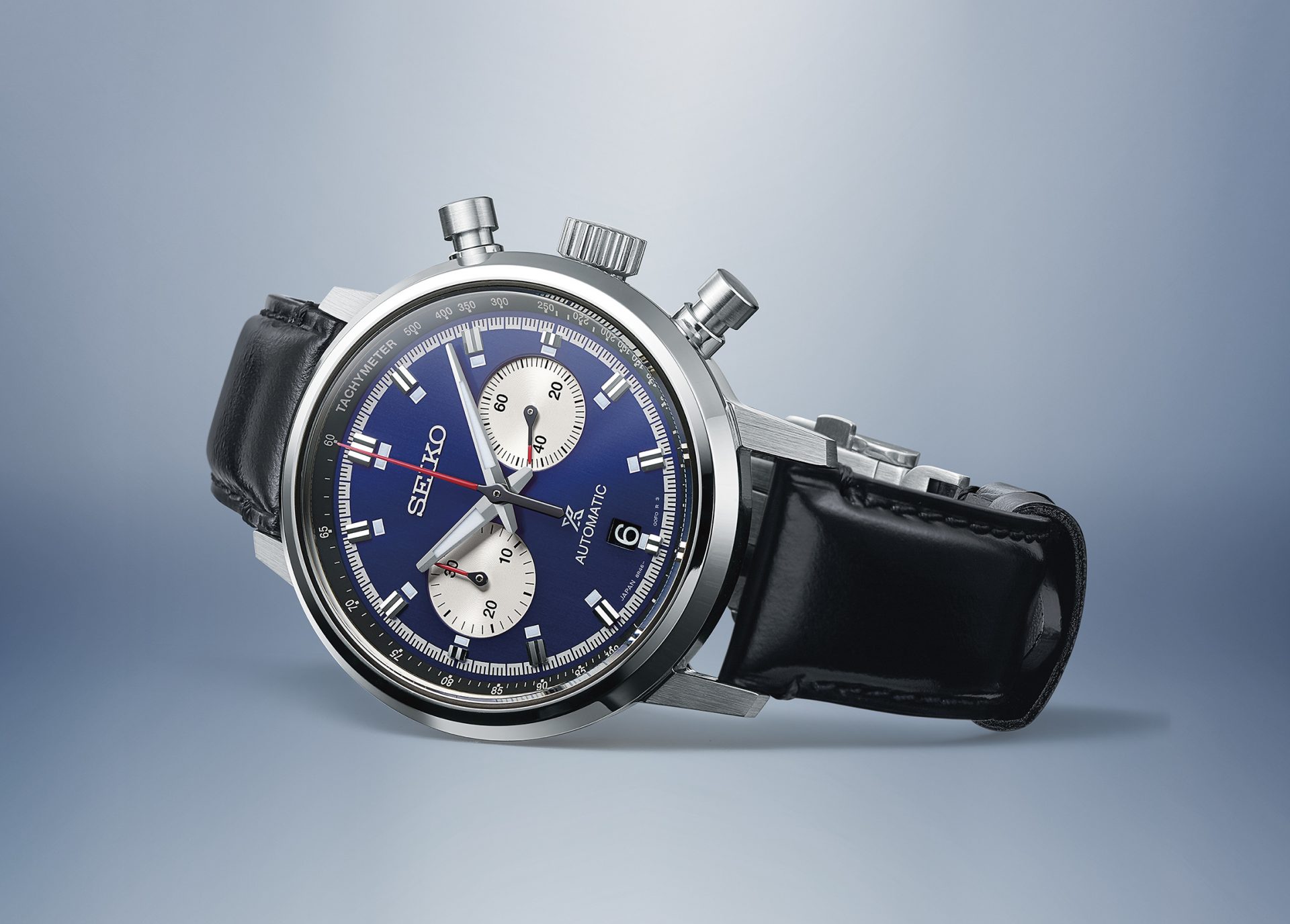Back in 2019, as the 50th anniversary of the automatic chronograph was celebrated, the discussion of who was first to launch was more prominent than ever before.
The two main contenders were Zenith’s El Primero and the Chronomatic, developed by a consortium of Heuer, Breitling, Hamilton-Buren and Dubois-Depraz.
Zenith was first to make an announcement in January 1969, but the Chronomatic was first to make it to market in August.
While the winner between the two is, and will always be, a matter for heated debate and, while each justifiably celebrated their individual success in 2019, one brand, half a world away from Switzerland, stayed conspicuously quiet.
In 1969, Seiko had been quietly working on its own self-winding chronograph and had released it in Japan in May of that year.

The Calibre 6139 incorporated both a column wheel and a vertical clutch and featured a single sub-dial at 6 o’clock registering minutes, a tachymeter scale on a fixed bezel, and an inner rotating bezel.
Nicknamed the ‘Speedtimer’ by Seiko fans, the original version had a shield-shaped case, but many variations were introduced before the 6139 movement was discontinued in 1980.
Prospex Speedtimer Mechanical Chronograph 1969 Re-Interpretation
Now, three years after the half-century, Seiko has – once again without great fanfare – introduced a tribute to arguably the world’s first automatic chronograph, with the Prospex Speedtimer Mechanical Chronograph 1969 Re-Interpretation.
Reimagined rather than being an exact replica of its 1969 ancestor, the new watch has a round as opposed to a cushion case.
Its vertically-brushed blue dial is slightly darker than the original and there are now two white, snailed chronograph registers at 3 and 9 o’clock.
The day of the week window has been eliminated and the date has been moved to 6 o’clock.
With accuracy and legibility paramount, 21st-century improvements have been made.
The markers on the tachymeter scale and inner bezel ring are in white, while the chrono hands are in red, both giving great contrast against the marine-blue dial.
The central chronograph hand is gently curved so that the tip points downward towards the seconds scale for precise reading.
The use of Lumibrite ensures easy reading even in low-light conditions. Finally, the pushers are higher, wider and flatter than on the 1960s’ model.
I love it. It’s very clean, very restrained and the shade of blue is just kick-ass!
Author and collector James Dowling
Now powered by the Calibre 8R46, which like the 6139 has both a vertical clutch and a column wheel mechanism, juddering of the hands is kept to a minimum.
Seiko’s three-pointed hammer system is also incorporated to ensure instantaneous re-setting of the chrono hands when the re-set pusher is depressed.
Judging by early reactions, the Prospex Speedtimer Mechanical Chronograph is set to be a winning model for the brand.
James Dowling, a collector of vintage Seiko for more than 25 years, says of the watch: “I love it. It’s very clean, very restrained and the shade of blue is just kick-ass!”
The watch is equipped with both a steel bracelet and a black calf-leather strap.
Available from September at Seiko boutiques and retail partners worldwide, the watch is priced at £2,740.



